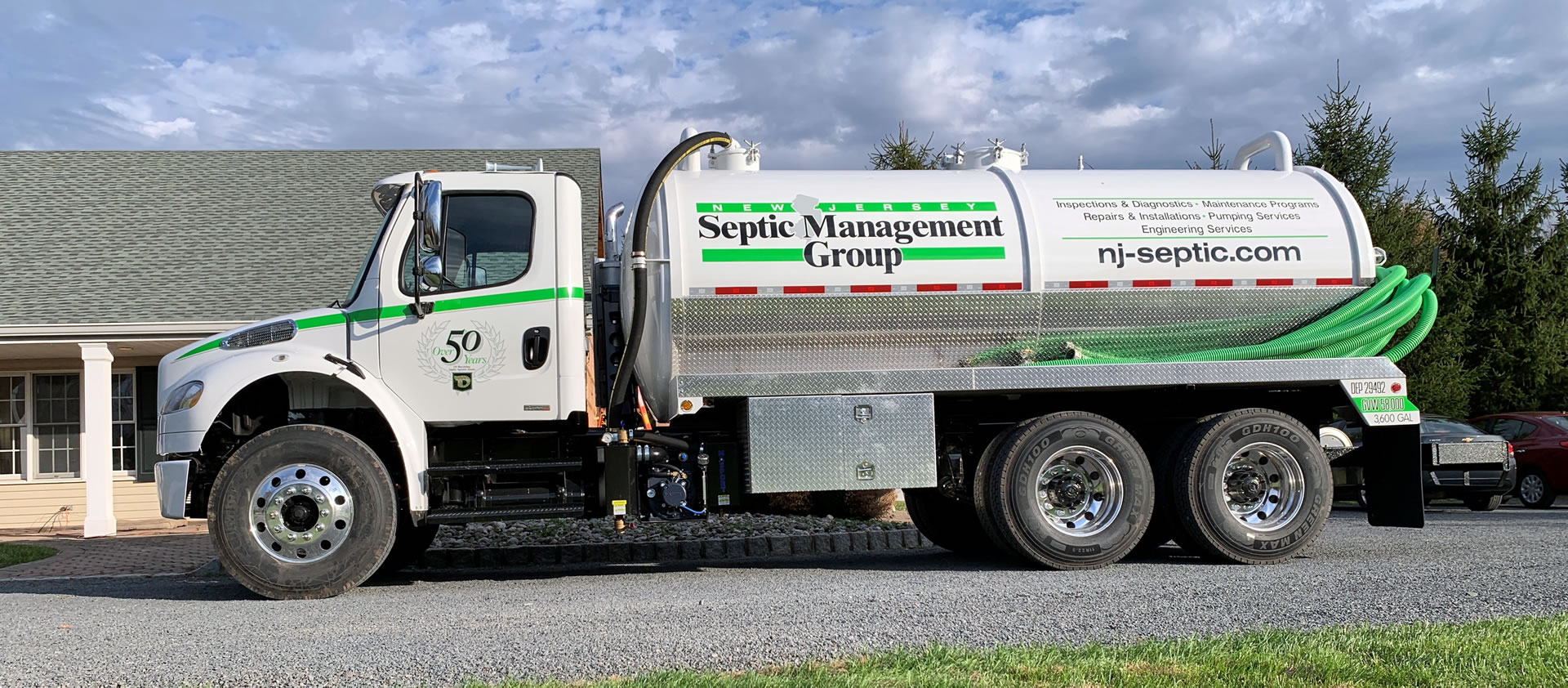The 7-Minute Rule for Stillwell Septic And Grading
The 7-Minute Rule for Stillwell Septic And Grading
Blog Article
Excitement About Stillwell Septic And Grading
Table of ContentsThe Ultimate Guide To Stillwell Septic And GradingThe 30-Second Trick For Stillwell Septic And GradingThe 9-Minute Rule for Stillwell Septic And GradingOur Stillwell Septic And Grading PDFsOur Stillwell Septic And Grading DiariesThe Best Strategy To Use For Stillwell Septic And GradingGet This Report about Stillwell Septic And Grading
Overall, septic system installment is an intricate procedure that calls for careful planning and execution. Property owners must deal with a respectable installment team and know regional policies and needs to make certain that their septic tank works effectively for several years ahead. After the septic container has been set up and connected to the drainpipe field, it is time to backfill the area.The backfill product need to be devoid of clods, large rocks, icy matter, and particles that can cause voids in the backfill that might enable clearing up gradually. Squashed rock or pea gravel 1/2-inch in size is preferred if indigenous products are not ideal. Once the backfilling is complete, it is time to landscape the location.
Once the septic system has been set up, it is critical to evaluate it to ensure that it is working correctly (Septic Inspection). https://www.mixcloud.com/stillwellsag/. Evaluating the system involves looking for leakages, making sure that the container goes to the suitable degree, and examining the drainpipe field. Among the most usual tests done is the hydraulic tons test
Fascination About Stillwell Septic And Grading
The water is after that monitored to ensure that it flows properly via the pipelines and into the drainpipe field. If the water does not stream properly or supports right into the tank, it may show a problem with the system. One more examination that is typically carried out is the dye examination.
The dye is then kept track of to make sure that it streams correctly via the pipes and right into the drainpipe field. If the dye does not move appropriately or appears in the incorrect area, it might show a trouble with the system. It is necessary to have a professional perform these tests to make certain that they are done correctly.

Stillwell Septic And Grading for Dummies
Below are some vital ideas for homeowners to keep their septic system: The average family septic system must be evaluated a minimum of every 3 years by a septic solution expert. The frequency of pumping depends on the dimension of the container and the variety of individuals utilizing it. https://soundcloud.com/stillwellsag. A basic guideline is to pump the container every three to five years
Making use of water-efficient fixtures and home appliances, such as low-flow showerheads and bathrooms, can decrease water use and assist the septic system job much more efficiently. Only flush commode go to these guys paper and human waste down the toilet. Avoid flushing anything else, consisting of womanly hygiene items, child wipes, and cooking grease, as they can clog the system.
What Does Stillwell Septic And Grading Mean?
Septic container installment is a complicated process that requires cautious planning and implementation. Property owners should know the essential steps associated with the installment process to ensure that their septic tank functions correctly and efficiently. The initial action is to examine the website where the septic tank will certainly be mounted.
When the website has been evaluated, the following step is to prepare for the installation. Homeowners must make certain that their contractor is experienced in septic container setup and will function together with them throughout the procedure.
The Single Strategy To Use For Stillwell Septic And Grading

Homeowners should recognize the needed steps entailed in the installation process to make sure that their septic system operates properly and efficiently. By complying with these steps and preserving their system, house owners can rest ensured that their septic system will give trusted wastewater therapy for numerous years ahead.
Almost one in 5 U.S. homes have septic tanks. Yours might be among them. If you're not correctly keeping your septic system, you're not only hurting the environment, you're putting your household's health and wellness at riskand might be purging thousands of dollars away! Do Your Part, Be SepticSmart: The Do's and Do n'ts of Your Septic System.
How Stillwell Septic And Grading can Save You Time, Stress, and Money.

All that additional water can really strain your septic tank. Startle using water-generating devices. This can be helpful specifically if your system has not been pumped in a long time. End up being extra water effective by repairing pipes leaks and think about mounting restroom and kitchen faucet aerators and water-efficient products.
Not known Details About Stillwell Septic And Grading
Know your system's place. When you have the tank pumped, draw a layout or map revealing its location in connection to fixed points - edges of the home, steps, or fencing blog posts.
Decrease the amount of wastewater that need to be dealt with and disposed of by your system: Clean no even more than one or two tons of clothing daily. Up to 53 gallons of water flooding your septic system with each lots, so it's ideal to spread out washing out over the week.
Report this page